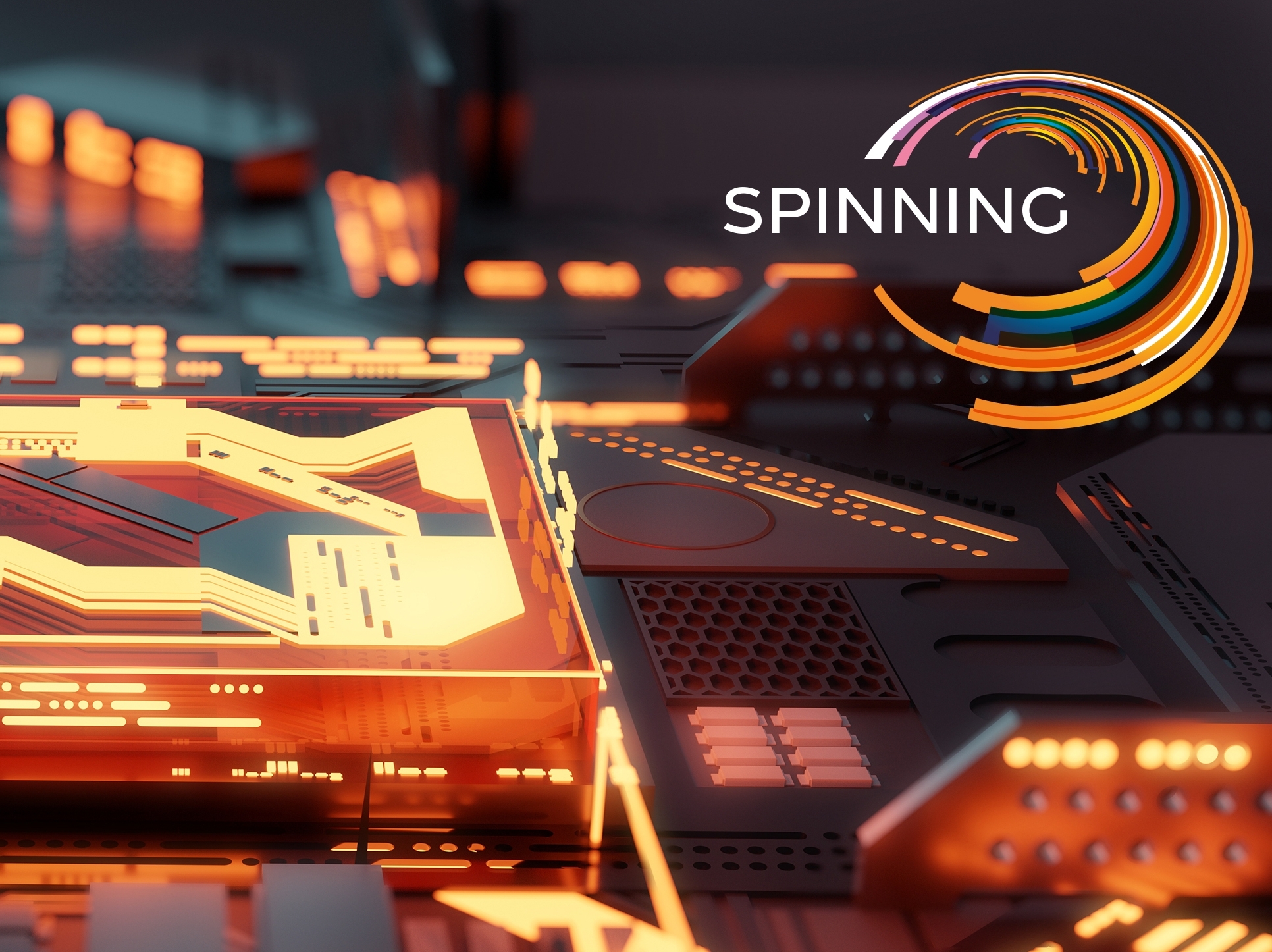
The joint project “SPINNING” (diamond spin-photon-based quantum computer) aims to develop the demonstrator of a quantum processor “made in Germany” as well as the peripherals needed to connect the processor to classical computer systems. The quantum processor is based on so-called spin qubits in synthetic diamond. Compared to today’s quantum computers, the planned hardware features longer operation times and smaller error rates as well as low cooling requirements. The quantum processor will initially be able to compute with 10, and subsequently with 100 qubits and more, and would thus be able to predict the products of complex quantum chemical reactions.
“SPINNING” uses the entire economic and scientific know-how of six universities, two non-profit research institutions, five industrial companies (SMEs and spin-offs), and fourteen associated partners (ten of them are companies). All participants are highly active in the field of pre-competitive hardware, firmware, and software development.
 Fraunhofer Institute for Applied Solid State Physics IAF
Fraunhofer Institute for Applied Solid State Physics IAF